Pages:
1
2
|
|
|||||||||||||||||||
|
Forgotten Temples of Kashmir
Photo series Part-1 An effort to preserve and record Hindu cultural and religious heritage of Kashmir SAIKH RAZA…..OF VILLAGE WANPORA [NAHAMA]  Exclusive images and report from a remote village in Kashmir provided for shehjar by Chander M. Bhat |
|||||||||||||||||||
| Wanpora popularly known as Thanther Wanpor is
a small village in Pulwama District. This village forms the boundary
between Pulwama and Badgam District on the West side. Kashmiri Pandits
were also residing in the village up to 1990. Saikh Raza was the village
diety of the Kashmiri Pandit families. No Pandit family is presently
residing in this village. This village is famous for Thanther [blacksmith], a class who were making loya thaal, khias, Kanzi Khias, dul, gada, thoor etc for Kashmiri Pandits. Wanporek Thanther was very famous throughout the valley. Before 1990 one could hear the beating of louy from the shops situated on the bank of a small stream coming down from Saikh Raza temple. This temple is situated in the north-west of the village at an isolated place surrounded by paddy fields and dense trees. A small stream is also flowing in front of this temple having muddy water [Gurei Woan in Kashmiri]. It remains muddy throughout the year. Sh. Ajay Pandita of village Lajura [Pulwama], who is still residing in his native village along with his family, accompanied me to this temple. It was 8th August 2009 at about 3 p.m. After reaching the temple we started cutting the wild shrubs grown inside the burnt temple, collected idols, which were scattered in the premises of the temple, arranged them near the trunk of the Banyan Tree [Bren in Kashmiri], applied sandoor, fixed three red jindis on the bran tree, lighted doop etc and went to capture. About 18 village children were watching our actions with rapt attention. It was learnt that some miscreants set the temple on fire in October 1990. However the land of the temple has not been encroached till date. It has become a barren land now. |
|||||||||||||||||||
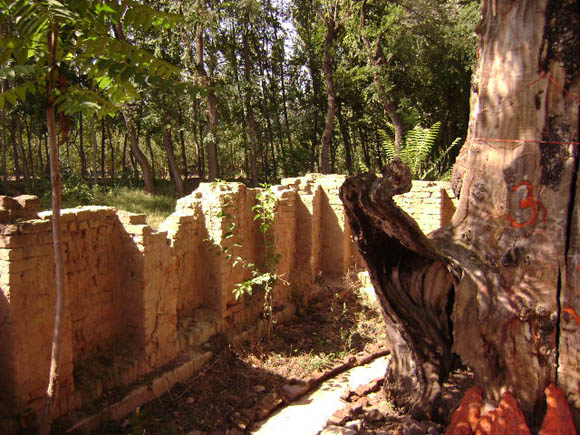 Baniyan tree [Bren in Kashmiri] was burnt in the year 1990 |
|||||||||||||||||||
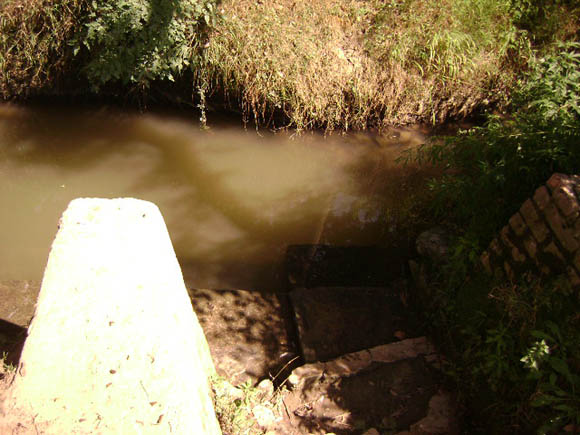 A small stream flowing in from of the temple have muddy water [Gur Poein in Kashmiri] |
|||||||||||||||||||
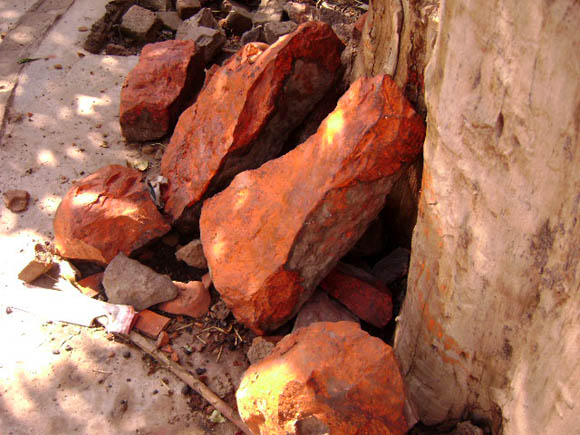 Mutilated idols |
|||||||||||||||||||
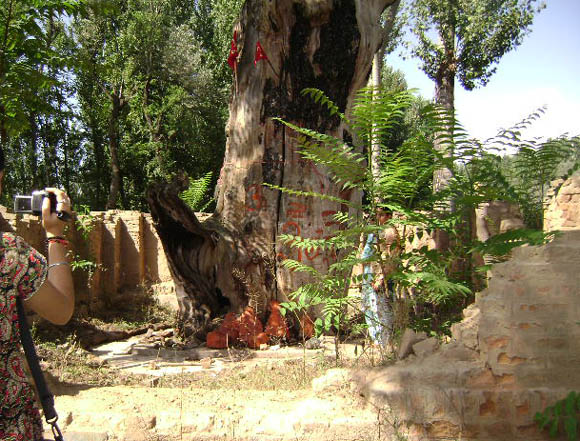 A Close up of the main temple |
|||||||||||||||||||
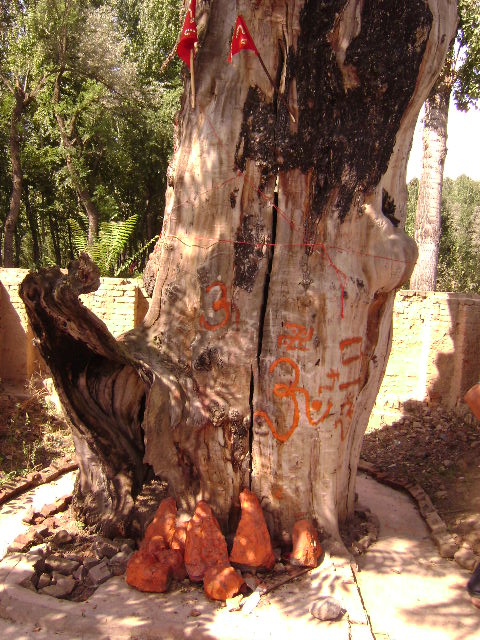 A Close view of the sacred Banyan tree |
|||||||||||||||||||
 A view of the room built for storing temple belongings |
|||||||||||||||||||
 Inside the store room |
|||||||||||||||||||
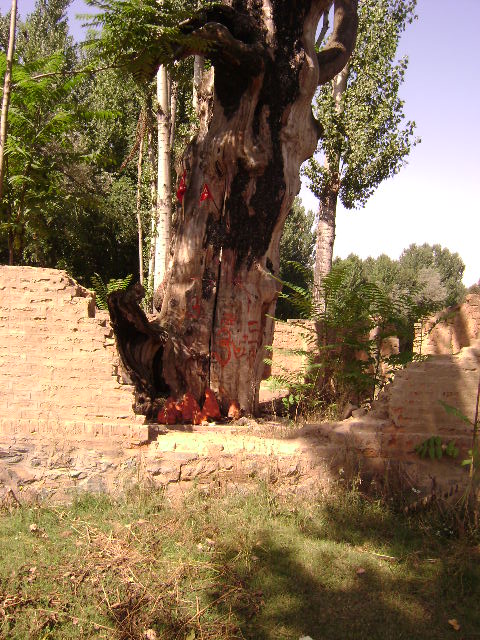 Main temple |
|||||||||||||||||||
 Scenic beauty tells the tale of its existence when Kashmiri Hindus were in the village |
|||||||||||||||||||
 Steps to the main entrance |
|||||||||||||||||||
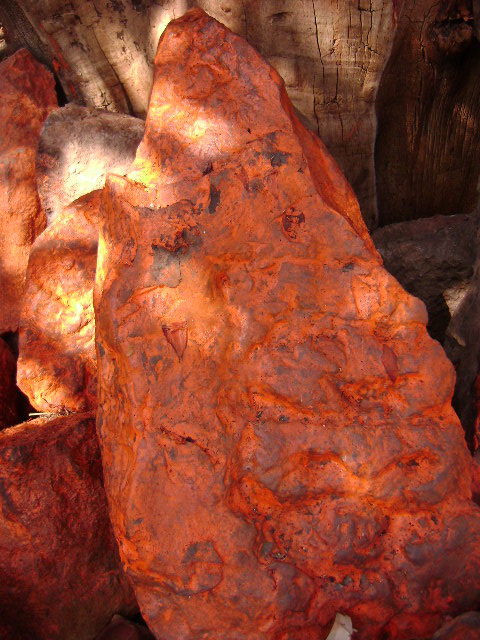 Symbols of faith were scatterd in the premises of the temple |
|||||||||||||||||||
 The lost Bren...all errect with the hope of good days for Pandits |
|||||||||||||||||||
|
|
|||||||||||||||||||
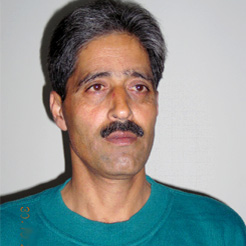 *Born
on 20th March, 1960 in Murran a village in North Kashmir, Chander M.
Bhat is presently working as an Assistant Supdt. Posts, in Department of
Posts, Govt. of India. His articles regarding Posts and of
non-political nature stand widely published in various papers and
magazines of the country. A booklet “How to Collect Stamps” published by
the Department of Posts, has earned him genuine accolades. He worked on
the project of tracing the roots of his co-villagers and of the village
Murran, resulting into the culmination of a widely acclaimed book
“Murran …My Village”. Man with depth, Chander M. Bhat has also another
book, “Ocean by Drops” (collection of poems) in his vase having colorful
poems. His book “Ancient History of Jammu and Kashmir”, confirms his
researching capability. Various research papers like “The Splendor that
is Amarnath” and “Vitasta…The Sacred River of Kashmir” are valuable
additions to his works that has proved very fruitful and guiding force
in the exile period of Kashmiri Pandits community of which the author is
also a member. *Born
on 20th March, 1960 in Murran a village in North Kashmir, Chander M.
Bhat is presently working as an Assistant Supdt. Posts, in Department of
Posts, Govt. of India. His articles regarding Posts and of
non-political nature stand widely published in various papers and
magazines of the country. A booklet “How to Collect Stamps” published by
the Department of Posts, has earned him genuine accolades. He worked on
the project of tracing the roots of his co-villagers and of the village
Murran, resulting into the culmination of a widely acclaimed book
“Murran …My Village”. Man with depth, Chander M. Bhat has also another
book, “Ocean by Drops” (collection of poems) in his vase having colorful
poems. His book “Ancient History of Jammu and Kashmir”, confirms his
researching capability. Various research papers like “The Splendor that
is Amarnath” and “Vitasta…The Sacred River of Kashmir” are valuable
additions to his works that has proved very fruitful and guiding force
in the exile period of Kashmiri Pandits community of which the author is
also a member. |


No comments:
Post a Comment